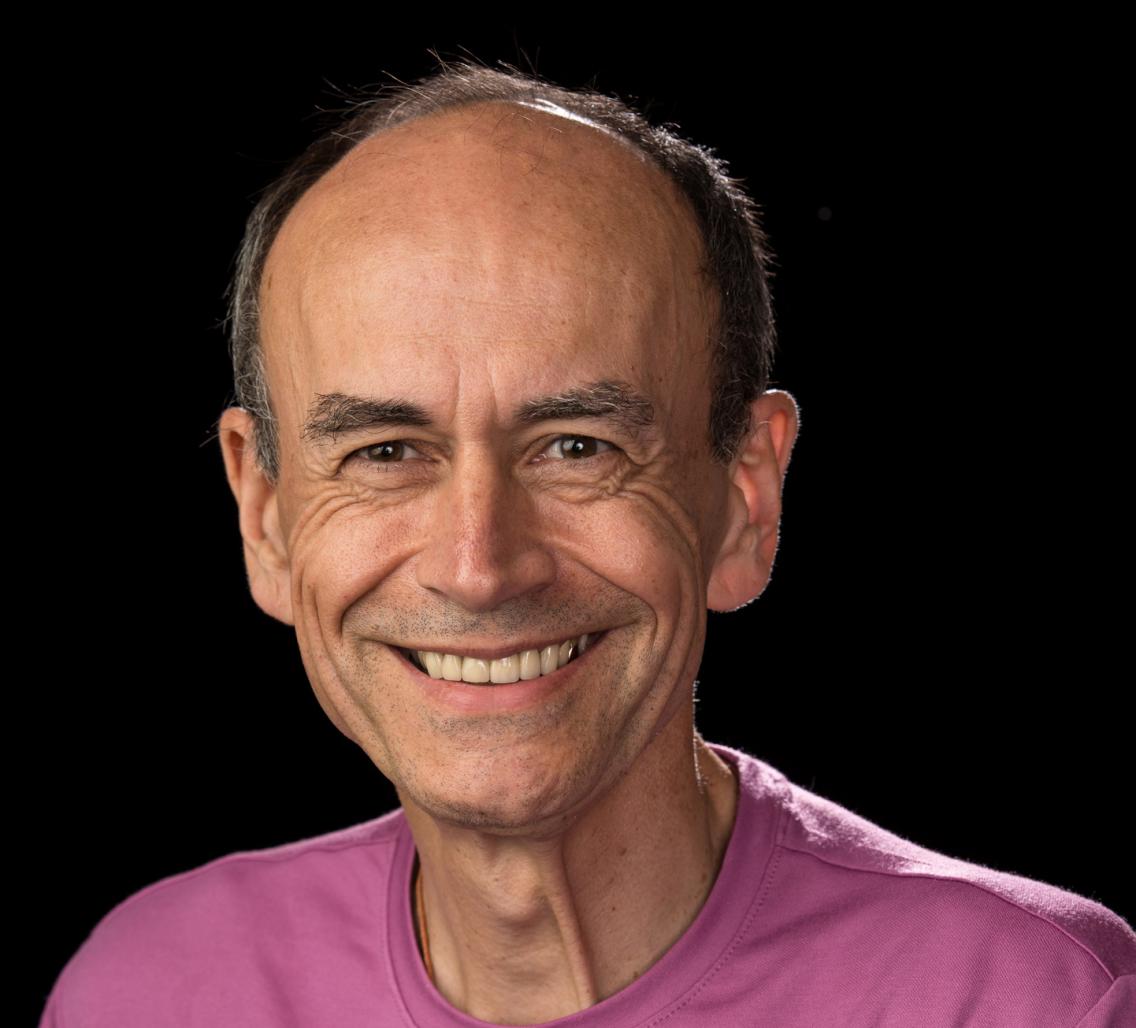Event Details:

Thomas C. Südhof, MD
Avram Goldstein Professor in the School of Medicine,
Professor of Molecular and Cellular Physiology
Stanford University
Cracking the neurexin code of neural circuits
Abstract: Neurexins and their ligands are trans-synaptic cell-adhesion molecules that are essential for synapse function, and that shape the properties of synapses such as short- and long-term plasticity. Neurexins are presynaptic cell-adhesion molecules that are encoded by three extraordinarily large genes, each of which generates longer a- and shorter b-isoforms that are in turn diversified into thousands of alternatively spliced transcripts. Neurexins bind to multiple postsynaptic ligands, including neuroligins, LRRTMs, and the complex of cerebellins with GluRd2. The various splice variants of neurexins and the various isoforms of their ligands exhibit strikingly different functional activities and binding affinities; their interactions are likely competitive, and contribute to determining the properties and nature of synapses. Accumulating evidence demonstrates that neurexins and their ligands perform central functions in the assembly and function of neural circuits, but their precise roles and mechanisms of action are only now beginning to emerge. Moreover, many different mutations in neurexin and their ligands have been associated with autism, schizophrenia and intellectual disability, suggesting that the functions of these molecules are relevant for insight into these devastating disorders. In my talk, I will describe our recent studies on how neurexins and their ligands shape synapse properties.
Bio: Thomas Christian Südhof was born in Göttingen in 1955 and obtained his M.D. and doctoral degrees from the University of Göttingen in 1982. He performed his doctoral thesis work at the Max-Planck-Institut für biophysikalische Chemie in Göttingen with Prof. Victor Whittaker on the biophysical structure of secretory granules. From 1983-1986, Südhof trained as a postdoctoral fellow with Drs. Mike Brown and Joe Goldstein at UT Southwestern in Dallas, TX, and elucidated the structure, expression and cholesterol-dependent regulation of the LDL-receptor gene. Subsequently, Südhof served on the faculty of UT Southwestern in Dallas, where he was founding chair of the Department of Neuroscience. Since 2008, Südhof has been the Avram Goldstein Professor in the School of Medicine at Stanford University. In addition, Südhof has been an Investigator of the Howard Hughes Medical Institute since 1986. Südhof's research interests focus on the molecular mechanisms underlying synapse formation and function, in particular on how synapses transmit signals, and how they become abnormal during neuropsychiatric disorders. His work has been recognized by several awards, among others the Alden Spencer Award, the Bristol-Myers Award in Neuroscience, the Kavli Prize, the Lasker-deBakey Medical Basic Research Award, and the Nobel Prize in Physiology or Medicine.